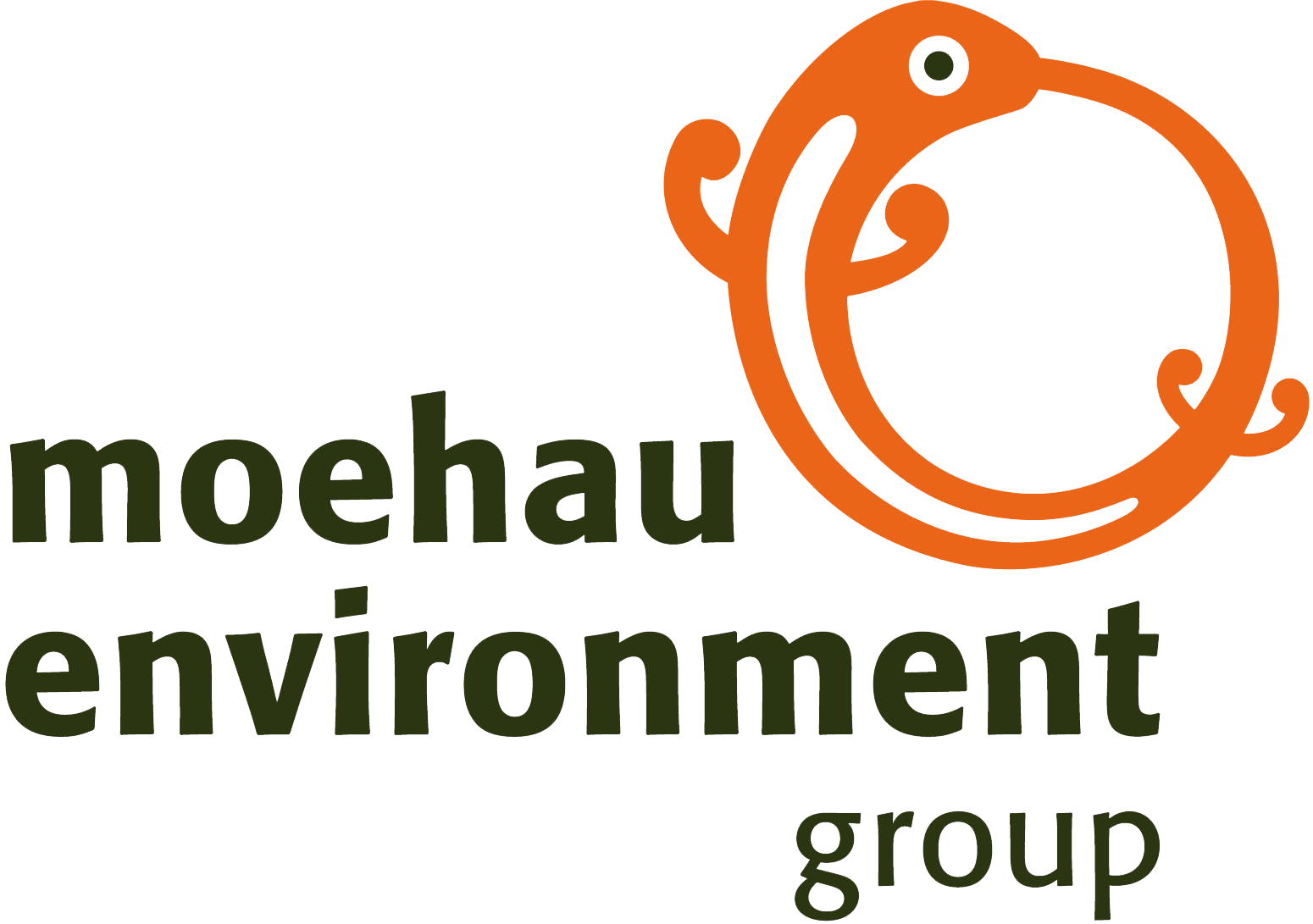Waikawau Bay Wetland
A decades-long project to ‘bring back the birds’ is transforming the Waikawau Bay wetland into an area that is a safe habitat for birdlife including rare and at risk species.
The initial objective was to halt the decline in mātātā/fernbird numbers, which had been seen and heard less and less in the early 2000’s in the wetlands and saltmarsh area. The focus was to reduce rodents to very low levels as these are some of the main predators of marsh bird species. In 2023, our monitoring of fernbirds showed that numbers have steadily increased since monitoring began. An exciting success!
At the very beginning of this project, tracking tunnels were deployed and results indicated there was a 95% presence of rodents. Now, we routinely hold rat populations at below 5%. However, it is not all good news, as pūweto/spotless crake were identified as being present in two separate sites in initial monitoring, but have sadly not been seen or heard for some years now in the wetland. The Waikawau wetland is an important breeding site for the extremely rare and elusive matuku/ Australasian bittern and we have identified males booming in our October and November listening surveys since 2020. Other bird species include moho pererū/banded rail, pāteke/brown teal, tūturiwhatu/NZ dotterel, and tōrea pango/variable oystercatcher. Matuku/bittern surveys run in October and November to check for the presence of booming males who are looking for mates. Mātātā/fernbird monitoring happens in Autumn.
MEG volunteers and trappers have been protecting this special environment with ongoing predator trapping usually every 3 weeks across 75ha of land. The comprehensive trapping regime of over 250 individual traps mostly targets rats, with additional trapping for feral cats, stoats and ferrets. DOC as well as Ko Moehau ki Tai also undertake stoat, ferret and cat trapping around a section of the wetland perimeter of the wetland. Each month we review the catch from our trapping and increase the frequency of trapping if the rat catch goes up to stop them getting out of control. Every three months, we undertake monitoring of rat numbers using tracking tunnels (Small Mammal Indexing) with the target of keeping rat numbers below 5%. If the threshold is exceeded, then we have a bait station network where toxin can be used to control rat population explosions.
Now our trappers are seeing and hearing mātātā/fernbirds throughout the entire wetland with matuku often encountered too. The efforts of everyone involved in this long term project have been a huge benefit to the wildlife in the wetland. So if you are quiet enough next time you visit the wetland area, listen out for the distinctive ‘u-tick’ call of the elusive mātātā, or try and catch a glimpse of a secretive matuku, or watch the flocks of pāteke making their presence felt across the wetland.
